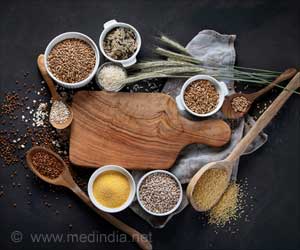K. Meer Mustafa Hussain, Vice-Chancellor, Tamil Nadu, Dr. MGR Medical University Chennai, classified Enhanced external counter pulsation (EECP) as an ‘anti-ageing’ treatment.
Dr. Hussain was speaking at the inauguration of the Indian Patient EECP Registry in Chennai. The registry- funded by Vasco-Meditech- is an endeavor of Frontier Lifeline Hospital, which will have 30 centers that provide the treatment across the country and would share data with the international registry in Pittsburgh University, Pennsylvania, U.S. The hospital will be the centralized chief coordinating centre for the registry. The registry is expected to provide an important database for cardiologists to choose on the mode of treatment.The registry will also conduct national multi-centric studies to observe arterial stiffness pattern in the Indian population, thus giving insight into the incidence of premature coronary artery disease in the younger age group.
EECP is widely used in the western countries. It was developed in Harvard University in the 1950s but it was in the 1980s that a Chinese group reported a large-scale use of this technique. It is a non-invasive outpatient procedure.
EECP is a mechanical procedure in which long inflatable cuffs (like blood pressure cuffs) are wrapped around both of the patient’s legs. While the patient lies on a bed, the leg cuffs are inflated and deflated with each heartbeat. This is accomplished by means of a computer, which triggers off the patient’s ECG so that the cuffs deflate just as each heartbeat begins, and inflate just as each heartbeat ends. When the cuffs inflate they do so in a sequential fashion, so that the blood in the legs is “milked” upwards, toward the heart. The milking action of the leg cuffs increases the blood flow to the coronary arteries.
By its deflating action just as the heart begins to beat, EECP creates something like a sudden vacuum in the arteries, which reduces the work of the heart muscle in pumping blood into the arteries.
This action of the EECP reduces cardiac ischemia (the lack of oxygen to the heart muscle) in patients with coronary artery disease.
Advertisement
The procedure is not a replacement for bypass or angioplasty, but helped patients who could undergo elaborate heart surgeries.
Advertisement
He pointed out that the heart disease is to a large extend preventable by mere lifestyle changes and yoga.
Source-Medindia
BIN/C








